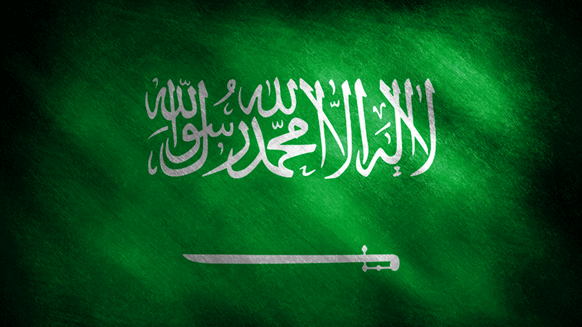Saudi Arabia has no good reason to raise the price of oil to $100 a barrel.
That’s according to Bjarne Schieldrop, SEB’s chief commodity analyst, who made the statement in a note sent to Rigzone this week.
“While among them [Saudi Arabia] they can choose to keep production around 9.0 million barrels per day for a little while longer, they have no reason to push the price of oil up to $100-110 per barrel as they would get a lot of political pain from the US, China and India. , Europe,” Schieldrop said in the note.
“Saudi Arabia should be fully satisfied for now. He has once again shown the market who is boss. Why ruin the party with oil rallying above $100 a barrel [and] create political tensions when oil at $85 a barrel is such a beautiful place,” he added.
“The world needs more of its oil and Saudi Arabia has spare capacity to supply it. Saudi Arabia’s reduction in cuts in Q4 23 would be natural to expect. But throughout September at least there should be a very strong and tight market,” he continued.
In the note, Schieldrop highlighted that the International Energy Agency (IEA) now estimates that global demand was 103 million barrels per day in June and that the organization expects demand to be 103.1 million of barrels per day in the fourth quarter of this year.
“The global market will be in a deficit of 1.7 million barrels per day in 4Q-23, if Russia and Saudi Arabia stick to their current output,” Schieldrop said in the note.
“Having clarified the market, there is no reason for Saudi Arabia to let such a deep deficit and inventory draw really develop. The IEA estimates that global demand this year will average of 102.2 million barrels per day versus 99.9 million barrels per day in 2022, giving a rise of 2.2 million barrels per day year-over-year,” he added.
“However, there is still a large potential pent-up demand for oil, which may have built up during the Covid-19 years. Whether or not this potential pent-up demand will actually emerge remains to be seen,” he added.
“Saudi Arabia has a lot of available capacity and can easily increase production by 1.5 million barrels a day back to 10.5 million barrels a day,” Schieldrop said.
In its latest oil market report, the IEA noted that global oil demand is rising to record highs, driven by strong summer air travel, increased use of oil in power generation energy and the rise of Chinese petrochemical activity.
“Global oil demand will expand by 2.2 million barrels per day to 102.2 million barrels per day in 2023, with China accounting for more than 70 percent of the growth,” the OMR said August of the IEA.
“With the post-pandemic rebound, and as unfavorable economic conditions, stricter efficiency standards and new electric vehicles weigh on usage, growth is expected to slow to one million barrels per day in 2024,” he added.
The OMR pegged Saudi supply for June 2023 at 9.98 million bpd and July 2023 at 9.06 million bpd. The country was the OPEC+ group’s top producer in June but fell behind Russia in July, according to the report, which put Russia’s output at 9.4 million barrels a day last month.
Total OPEC+ output fell from 43.69 million barrels per day in June to 42.46 million barrels per day in July, the OMR revealed.
At the time of writing, the price of Brent crude is trading at $84.82 a barrel. The commodity moved from a close of $72.26 per barrel on June 27 to a close of $87.55 per barrel on August 9. The last time Brent closed above $100 a barrel was in August 2022.
According to the US Energy Information Administration’s latest short-term energy outlook, which was released earlier this month, the spot price of Brent crude will average $82.62 per barrel in 2023 and $86.48 per barrel in 2024.
In a report sent to Rigzone this week, Standard Chartered revealed that it expects ICE Brent to average $91 per barrel in 2023 and $98 per barrel in 2024. The company sees the commodity averaging $106 per barrel in the fourth quarter of next year, according to the report. outlined
To contact the author, please send an email andreas.exarcheas@rigzone.com


